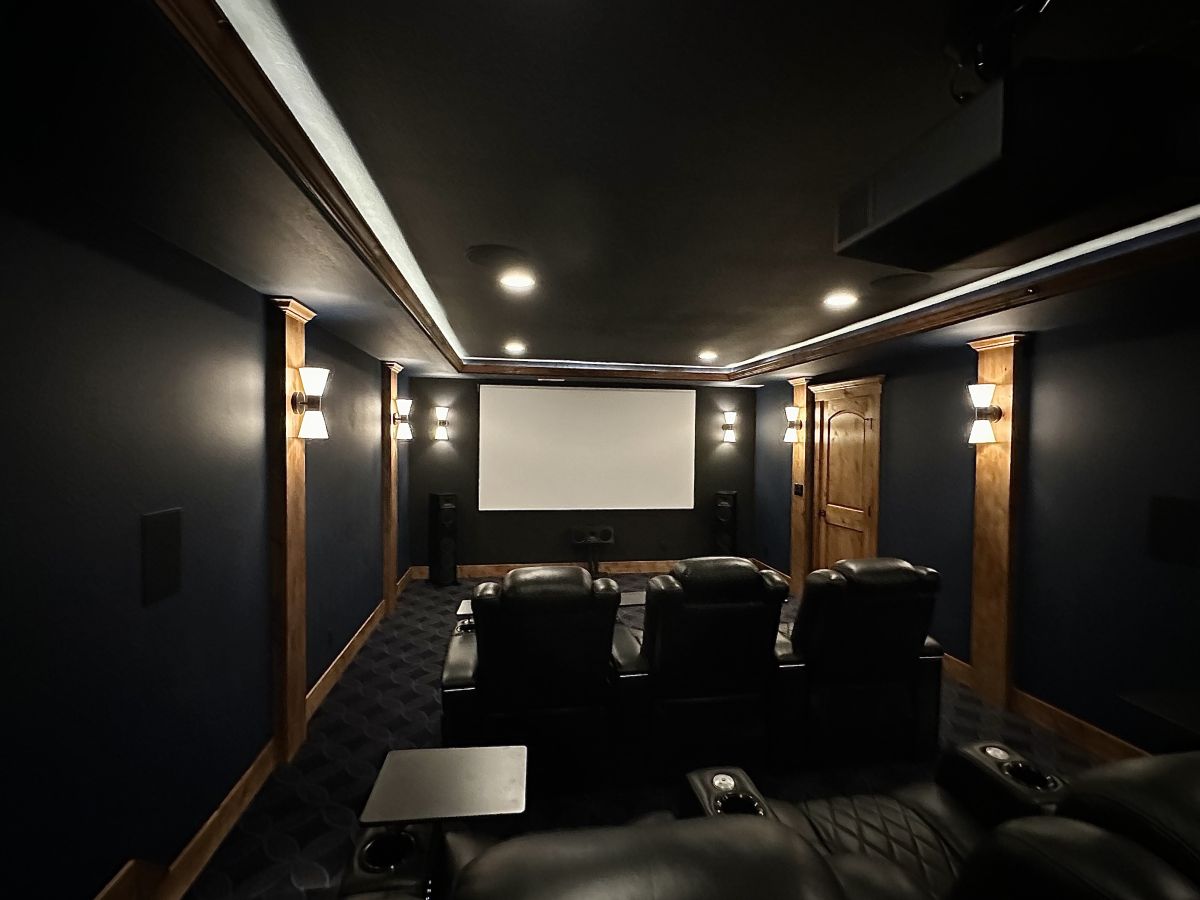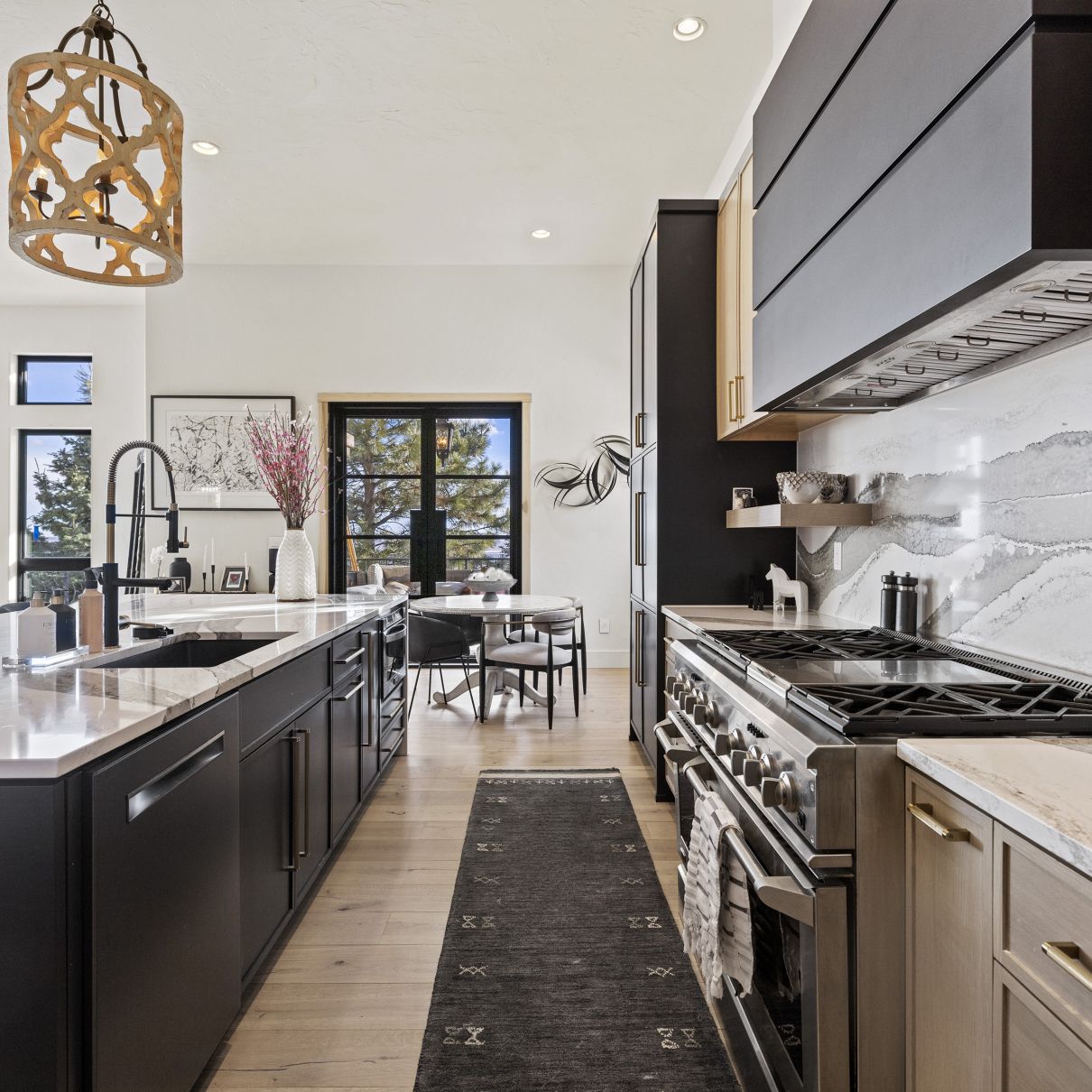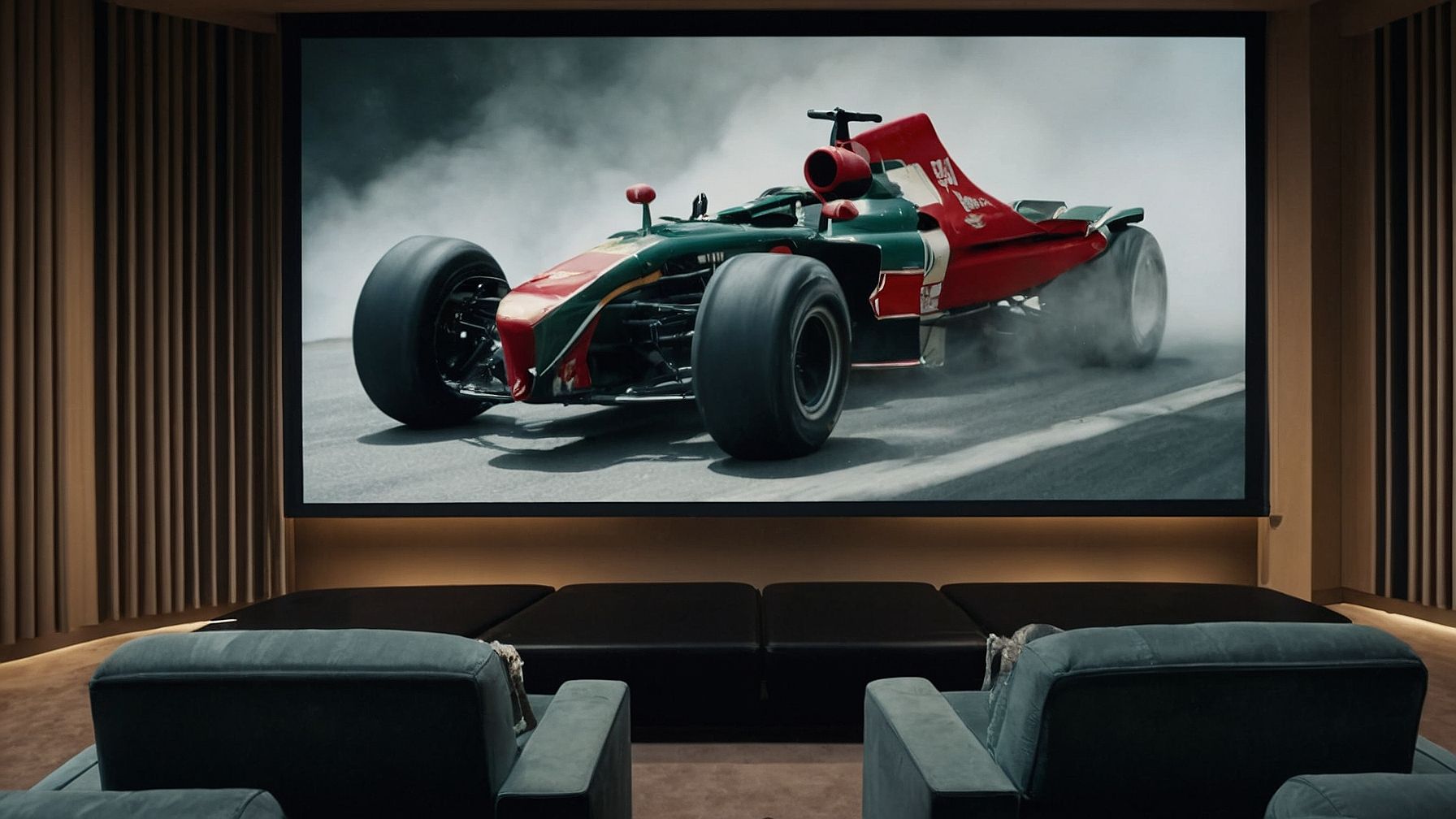
Create the Ultimate Home Theater Experience

A home theater is the ideal addition to any home, elevating your entertainment space for movie nights, sports events, or gaming marathons. Whether designing from the ground up or upgrading an existing area, a well-planned home theater can transform your leisure time and boost your home's overall value.
This guide highlights key considerations for crafting a home theater that fits your unique needs and preferences.
Why a Home Theater is Worth the Investment
A home theater offers more than just entertainment:
- Increased Home Value: A thoughtfully designed theater enhances your home's appeal for future buyers.
- Cinematic Experience at Home: Enjoy big-screen visuals and immersive sound, all from the comfort of your home.
- Customizable to Your Lifestyle: From seating arrangements to audio systems, a home theater can be personalized to your preferences.
Essential Elements of a Home Theater
1. Superior Audio and Video
The foundation of any home theater is its audio and video capabilities. A high-definition display paired with a quality sound system creates a truly immersive experience.
Key Considerations:
- Display Options: Choose between a large TV or a projector with a screen, keeping your room size and layout in mind.
- Sound Systems: Surround sound systems are ideal for replicating a cinematic atmosphere.
2. Comfortable Seating
Comfort is essential in a home theater. Whether it’s reclining chairs, plush sofas, or tiered seating for larger groups, seating should combine functionality with luxury.
Design Tip: Tiered seating enhances visibility and comfort, making it a popular choice for larger home theaters.
3. Optimal Lighting
Lighting plays a vital role in creating the right ambiance. Consider installing adjustable lighting that can transition from full brightness to a dim theater setting.
Suggestions:
- Use blackout curtains or shades to block outside light.
- Incorporate recessed or wall-mounted lighting to avoid glare on the screen.

4. Soundproofing and Acoustics
Good acoustics are crucial for sound quality. Soft surfaces, such as carpets, curtains, and upholstered furniture, help absorb sound, while acoustic panels can minimize echoes.
Pro Tip: Soundproofing your home theater ensures the sound stays within the room, reducing disturbances to other areas of the house.
5. Functional Layout and Décor
A functional layout is essential for a seamless viewing experience. Arrange seating and equipment to maximize space and accessibility. Add décor elements that enhance the atmosphere, such as framed movie posters, snack bars, or LED lighting for ambiance.
Personalization Ideas:
- Create a theme that reflects your style, such as vintage cinema, sci-fi, or sports.
- Add practical touches like built-in shelving for media storage.
Steps to Plan Your Home Theater
1. Assess Your Space
Choose a room with minimal natural light and good isolation from household noise. Basements, spare rooms, or converted garages are popular options for home theaters.
Considerations:
- Ensure the room’s dimensions can accommodate your screen size and seating layout.
- Plan for sufficient ventilation to prevent equipment from overheating.
2. Set a Budget
The cost of a home theater can vary widely based on the size of the space and the quality of the equipment. Focus on the essentials first, like audio and visual components, and save aesthetic enhancements for later if needed.
3. DIY or Professional Installation?
While DIY projects can be rewarding, a professional installation guarantees proper setup and calibration for optimal performance. Hiring experts also ensures compliance with electrical and building codes.
Pro Tip: Work with a contractor experienced in designing custom home theaters to bring your vision to life.
Common Pitfalls to Avoid
1. Overlooking Acoustics
A great sound system is only as good as the room it’s in. Ignoring acoustics can lead to muffled or uneven sound quality.
2. Neglecting Ventilation
With multiple electronic devices running simultaneously, ventilation is essential to prevent overheating.
3. Skipping a Layout Plan
Poor planning can lead to awkward seating arrangements or inaccessible equipment. Take time to plan the layout to avoid costly adjustments later.
Bring Your Home Theater Vision to Life
A home theater is an investment in both entertainment and home value. Whether you’re starting with a blank slate or upgrading an existing space, a carefully designed home theater will provide years of enjoyment for you and your family.
At Alpine Contracting, we specialize in transforming spaces to suit your lifestyle. Let us help you create a home theater that combines cutting-edge technology with personalized design.
Contact us today to schedule a consultation and begin your journey to the ultimate home entertainment experience!

